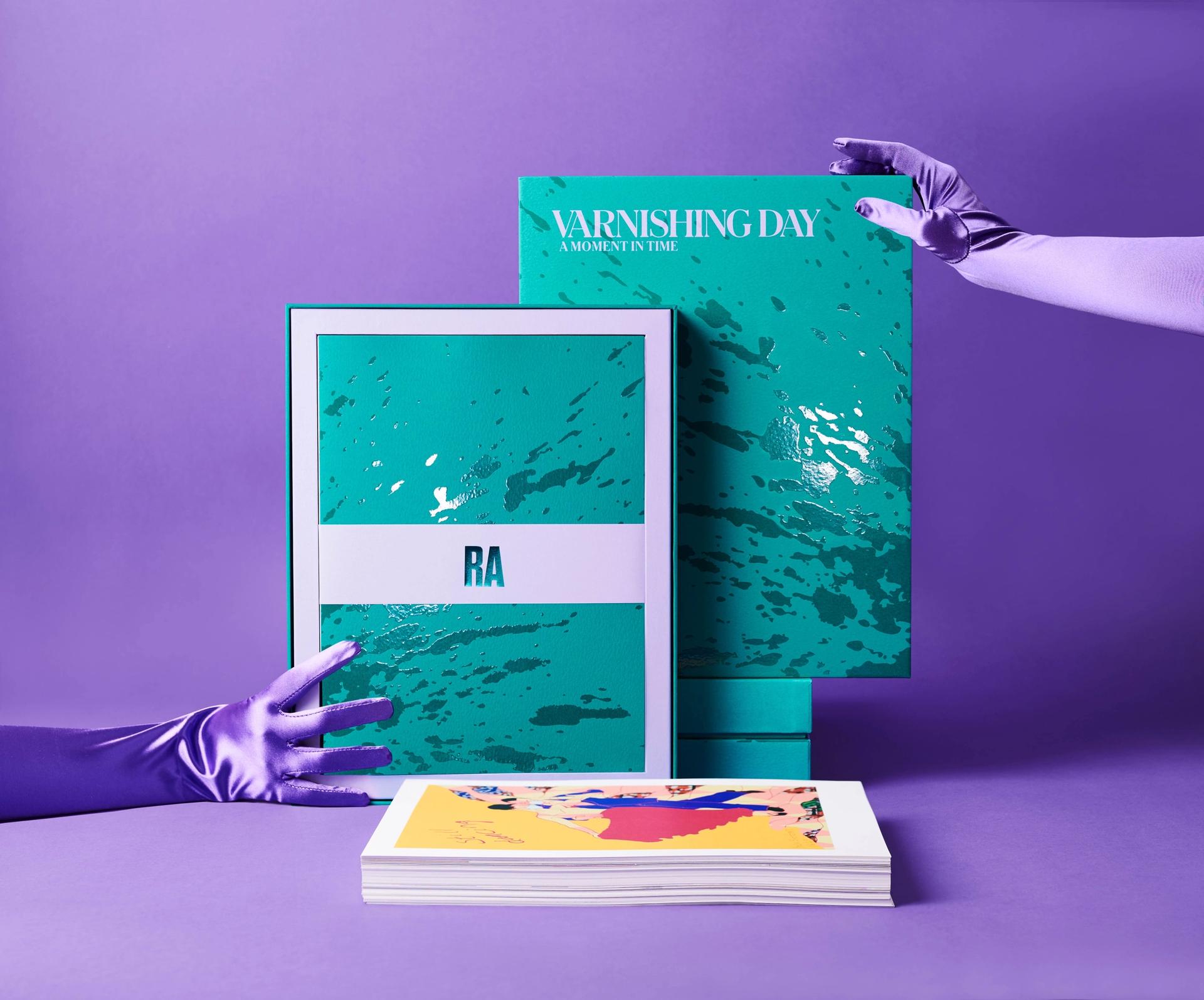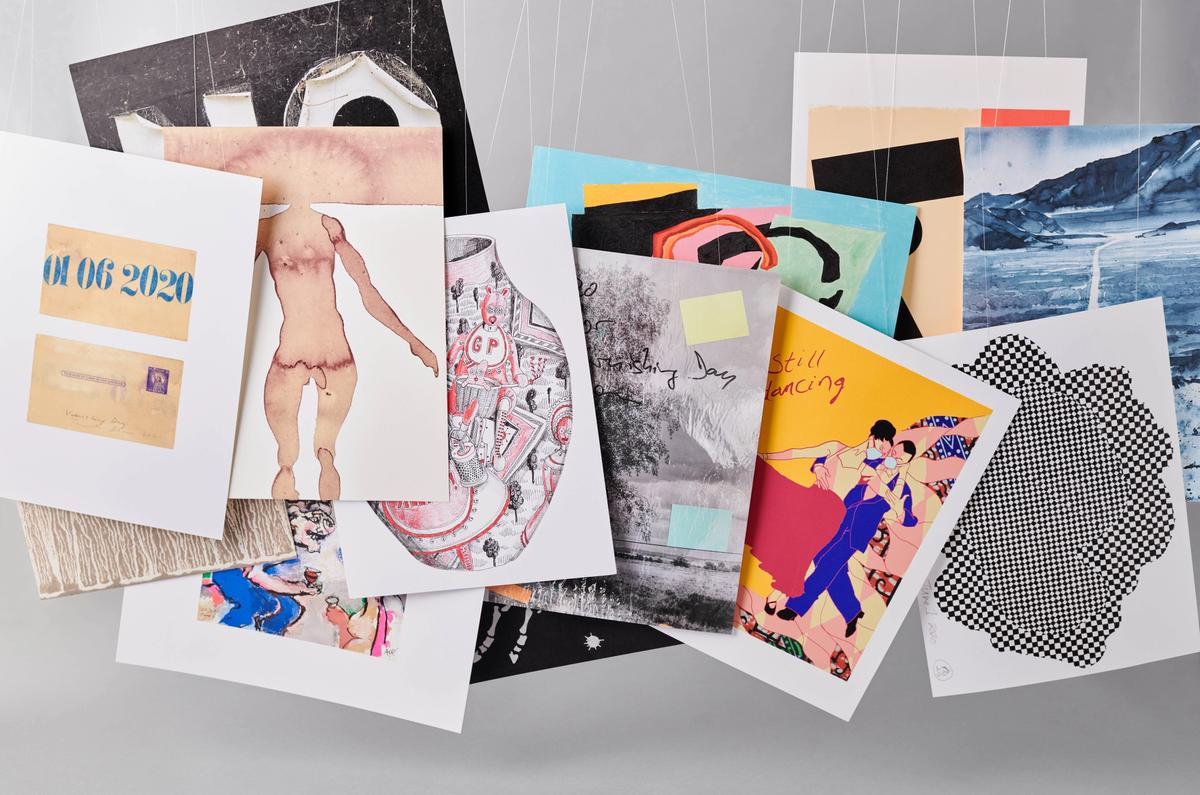What were you doing on 1 June? Members of the Royal Academy of Arts (RA) in London were supposed to be celebrating the start of their annual Summer Exhibition, on what is traditionally known as varnishing day. Dating from when Royal Academicians such as Constable and Turner would put the finishing touches to their works before they went on public display.
But when Covid-19 postponed the Summer Exhibition and its varnishing day for the first time in more than 250 years, the Academicians decided they were not going to let lockdown steal their special day. So two of their number—David Mach and Hughie O'Donoghue—proposed to their fellow homebound Academicians that on the day they should have all been descending on the RA, they each make a work of art instead.
“The brief was simple: to create an individual work of art in any chosen medium, signed and dated 1 June 2020,” says a statement issued by the pair. 100 Academicians did just that, and now the wide-ranging fruits of their labours have been turned into Varnishing Day: A Moment in Time a boxed portfolio of prints published by the RA and the fine art publishers Hurtwood Books.
Varnishing Day marks the first time that the Academicians have joined forces to collaborate on a joint work and is available exclusively to Friends of the RA for £267. The portfolio reflects the great variety of artistic voices across the RA's membership, as well as offering a unique document of what they were thinking, doing and making on 1 June. “This grassroots project was brought together in the midst of lockdown in a spirit of generosity and imagination,” says O'Donoghue, who views the project as “a unique record of this very singular moment in time”.

Varnishing Day: A Moment in Time—a boxed portfolio of prints published by the RA and the fine art publishers Hurtwood Books © Hurtwood / Holly Pickering
Some works are explicitly pandemic related: Michael Craig-Martin’s characteristically spare drawings shows a standard issue blue face mask; Terry Setch has provided an anguished self-isolation self-portrait; Grayson Perry’s sardonic drawing of a vase depicts fetishistically masked “perverts embracing social distancing.” Others less so. Richard Wilson has visualised a skeletal motor cruiser made from cut-away plywood, while Antony Gormley traced a silhouette of a figure in hare’s blood, and Cornelia Parker may or may not have been specifically referring to the lockdown situation with a large photographic image of a peeling sign saying simply, "NO".
The first Monday in June also found some artists making images from nature, as in Bill Woodrow’s rendition of an adder; Wolfgang Tillmans’s spectral image of a silver birch tree or Rose Wylie’s vigorous depiction of the buttercups, tulips and periwinkles in her Kent garden.
As Mach puts it: “We’re good at "unique" at the RA. We’re not like other institutions. Artist-led, we make up our own minds and we do our own thing.” And if sufficient numbers of RA Friends invest in this snapshot of the Academicians' ingenuity, there might be less talk of having to sell the Michelangelo to support this unique institution.



